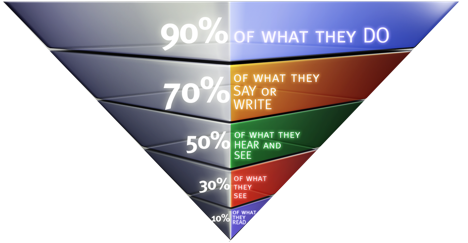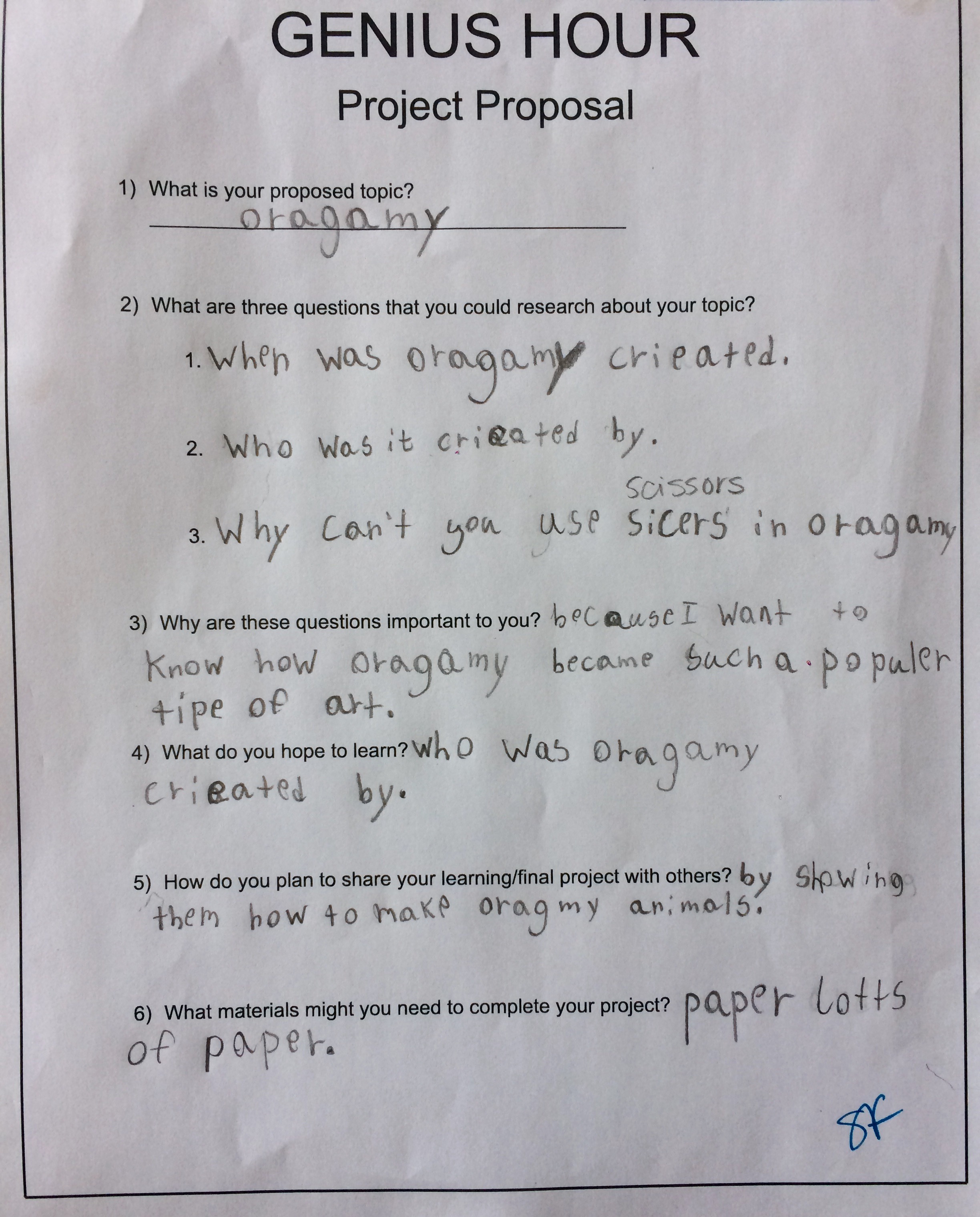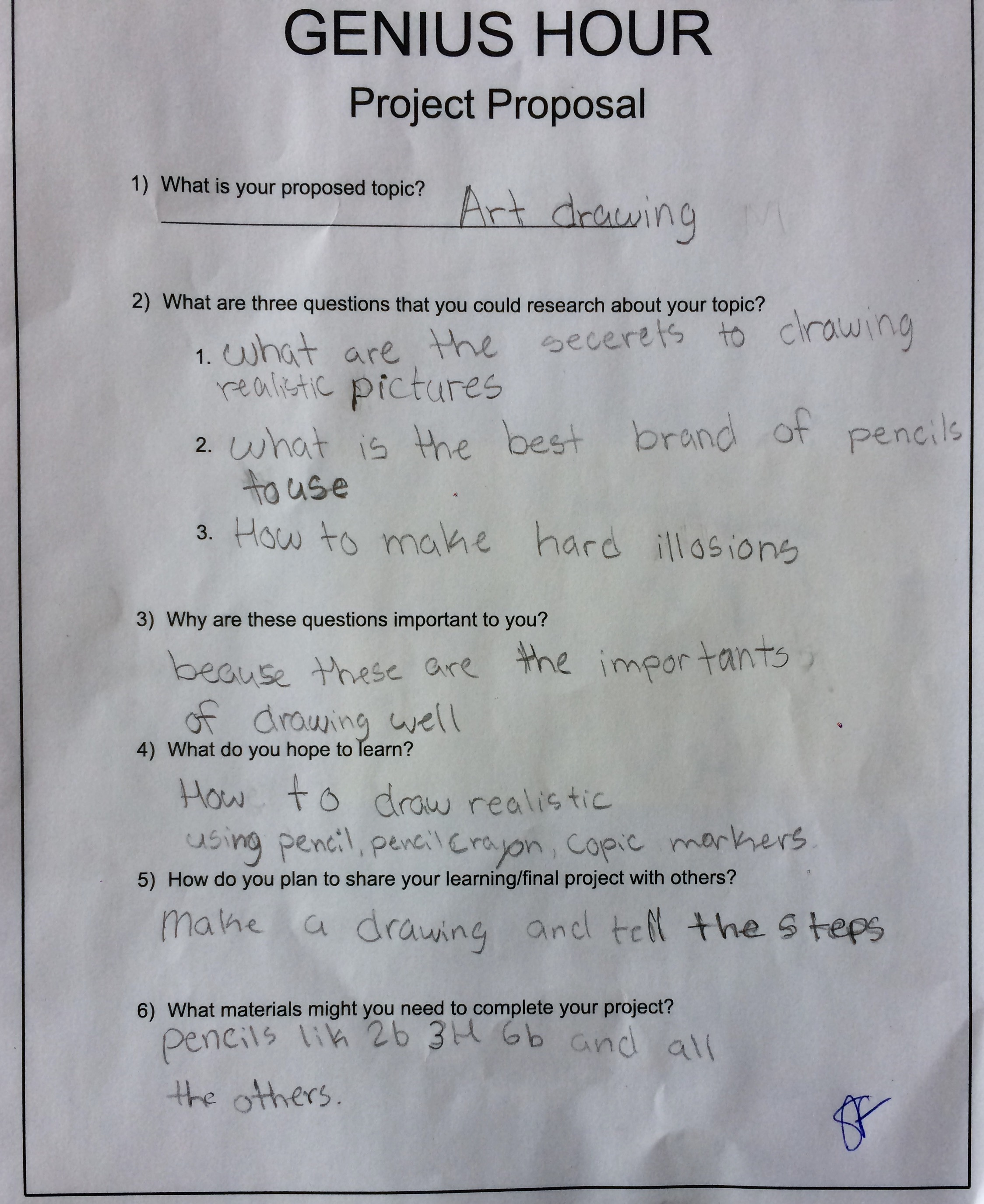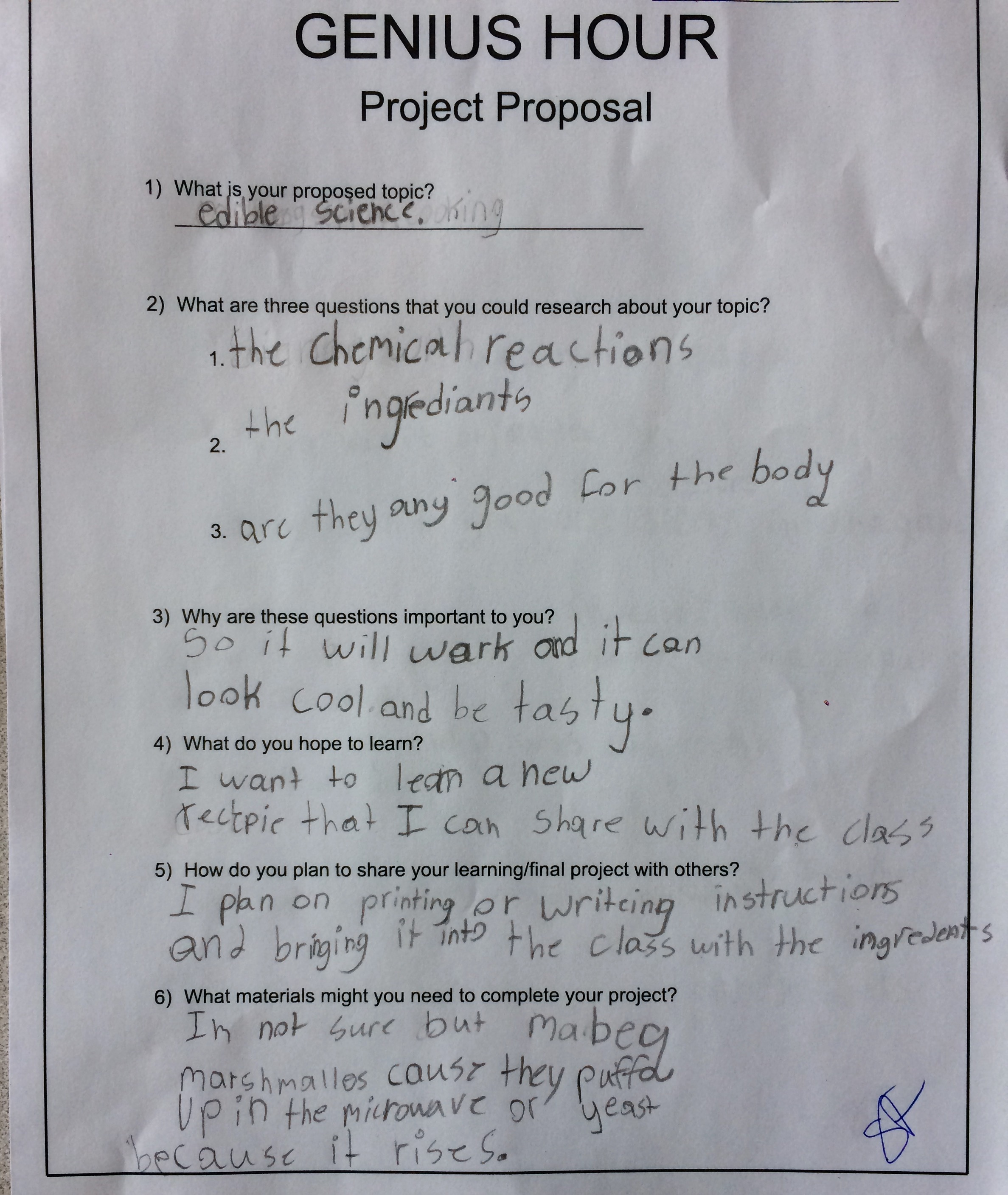Perspective on Education: Doing to Learn

The information I’ve collected about your practicum class definitely informs my goal-setting and planning. There are a lot of considerations to take into account when looking at my classroom makeup. I have students who are new to the country and have very low levels of English. I have other students who are on IEPs in various subjects, including Language and Mathematics. There are other students who have medical considerations, such as ADHD, that sometimes acts a distraction for the student themselves and the peers around them. I also have students who, for one reason or another, come to school in a bad mood and find it hard to follow instructions or get excited about the learning at hand. As teachers, we are to take each of these “ingredients”, mix them together, and bake a healthy, well-rounded cake… or responsible students and citizens.
Knowing everything that I have learned about my class, my planning and goal-setting will most definitely be directed to meet the needs of my students. For example, there are some students who are reluctant to partake in group work, whether it be because of the people they are asked to work with or the task that they are asked to work on. A goal that my Associate Teacher and I have been working towards is developing a classroom culture that embraces group work. We have brainstormed different ideas of what positive group work should look like, discussed and role played different situations involving group work, debriefed with the class about how a period of group work went, and celebrated the successes that positive group work accomplished. With that being said, I will continue to work towards developing a positive culture of group work in my classroom while also remaining reluctant to avoid group work altogether.

My student’s academic levels vary widely from one another. For example, there is a span PM Benchmarks that range from 1 to 30+, which is essentially the entire system (most fall between 19 to 30). This is where differentiation is key. I will have to get creative with my planning, ensuring that all reading abilities are accommodated for during a singular task. This does not just account for Language class; reading comprehension is needed in all disciplines, including Mathematics. In order to account for differentiating my lessons for each student, I have adopted an inquiry-based, deep learning approach to education.
The concepts of problem-based learning, inquiry-based learning, and deep learning are all practices that I hope to implement into my own teaching. I am passionate about teaching student to enjoy learning and fun, engaging, and innovative approaches to education are what draw this passion out of students. “Doing to learn”, rather than “learning to do” is such an important perspective on education. Student-driven learning is deep learning, which my why currently in my practicum, I am implementing a Genius Hour. For 1 hour every Wednesday that I am there, the students get to learning whatever they want! Well, as long as it has been proposed and approved by me. The students are just started to research answers to the questions they had about their chosen topics and are documenting their learning in a research log book. Eventually, students will create a presentation or a product and teach their peers about their chosen topic. Students thus far have been engaged and are learning to learn on their own; they pose a question and answer it on their own. This will be a truly immersive learning experience for the students that hopefully equate to deep learning.



Pingback: Learn by DOING – Maya's Teaching Philosophy